Episode 11: Stowage planning in the container Part 1
Stowing a container does not begin when it is in the yard with the rear doors open, but when it is clear that a container is required.
Those involved or affected are not only those who load the container, but also those who develop the goods or commodities, design them, plan their manufacture, and then have them transported by container.
The usual Euro dimensions, represented by the Euro pallet 120x80cm, as well as divisions/multiples, do not fit into the container. Its dimensions are based on the American foot measurement.
The CP3 pallet with 114x114cm would be more suitable for this. It therefore makes perfect sense to take the dimensions into account in advance so that no elaborate securing measures are required in the container afterwards.
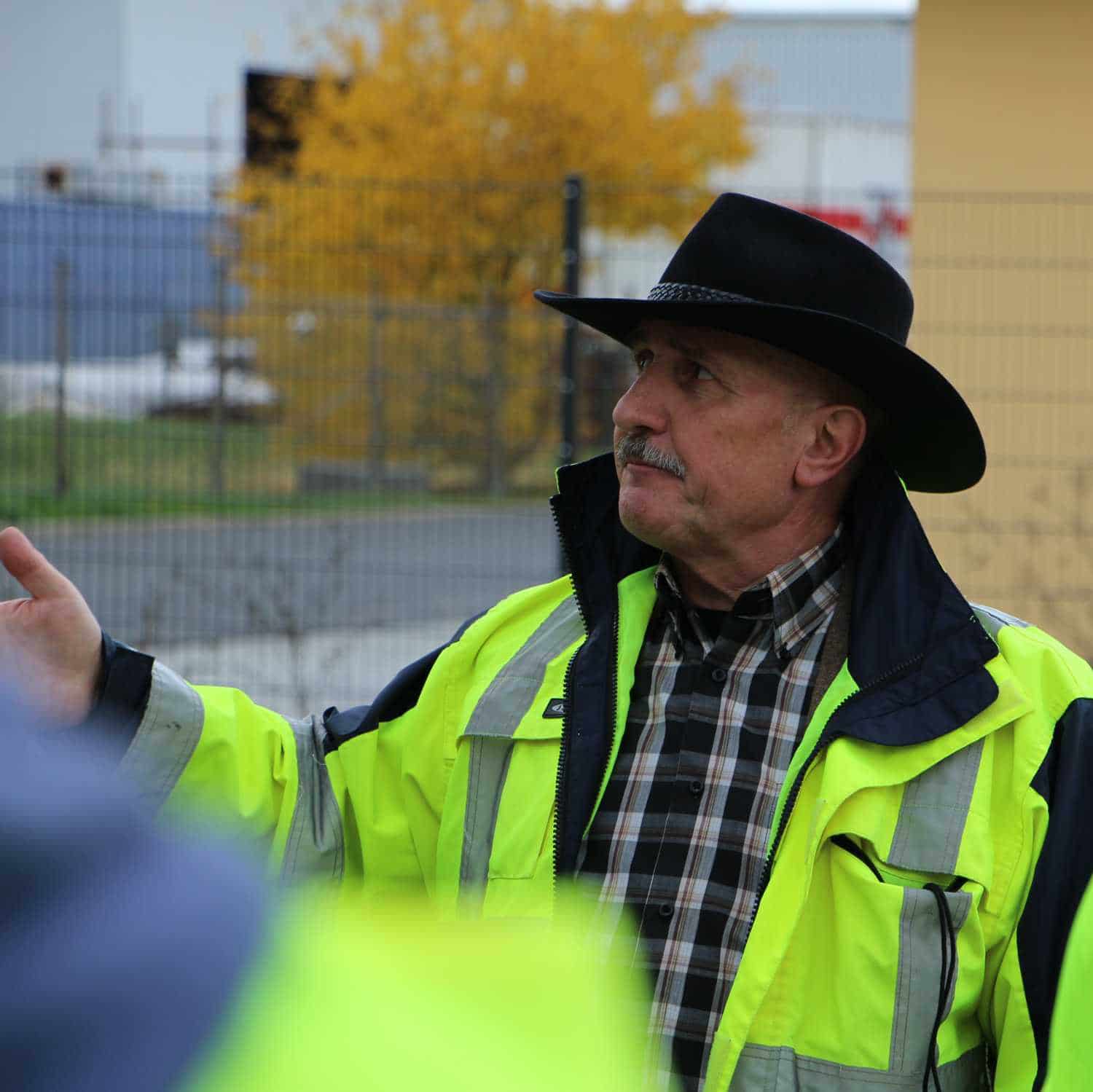
About the author:
In a series of specialist articles from the field, on topics relating to containers and trucks, you will receive first-hand professional knowledge.
How to secure cargo correctly and what are the basics of cargo securing?
They are developed and presented by Sigurd Ehringer, owner of SE-LogCon:
- VDI certified instructor for load securing
- Reference book author
- 8 years Project Manager
- 12 years with the Bundeswehr (company commander)
- 20 years of sales experience
- since 1996 consultant/trainer in logistics
- 44 years instructor/trainer in various fields
Episode 11: Stowage planning in the container Part 1
The standard 20ft container has the internal dimensions of L x W x H = 5.919 x 2.34 x 2.376m, with the door dimensions differing. Their width is 2.286m and height is 2.277m. If the load or the load carrier is manufactured to fit, this deviation must be taken into account.
The design of machinery and equipment in particular requires special care. If the plant exceeds the container dimensions and is also not to be transported as a whole, then the dismantling capability must also be designed.
Since it is often not possible to stow equipment with a tight fit, it is also necessary to check at which points it makes sense to attach anchor points in order to secure it by direct lashing.
Screwable lashing points would be a good approach here, because threaded holes are often already present on the machines/equipment for other applications and they can be used for the anchor points.
However, the design must confirm their load-bearing capacity.
The following sketches are not to scale because they are only intended to show the thought processes. For practical application, the scale is absolutely necessary.
A simple solution is to create a scaled floor plan of the container floor area. The dimensions of the loading units can be entered on this and it is easier to see whether and how they will fit.
The graphic shows the classic block of five Euro pallets and the gap that inevitably results from the dimensions. Now it can be considered how to close the gap. The elegant method is stowage pads, others are empty pallets or the elaborate bracing with wood.
In this congestion plan, three points can be identified without doing any math:
- there is a large gap to the door, which requires special measures.
- there are three gaps to be filled
- the container center of gravity is not centered
With the addition of the individual weights, the imbalance can be seen even more clearly.
The above finding leads to the following actions:
1. The pallets are distributed differently depending on the weight, which reduces the weight difference in the container halves.
2. The blocks of five are pulled apart and the door gap is moved inward.
3. two stowage pads with approx. 2.20m length and 0.30m depth and one stowage pad with 2.20m length and 0.60m depth are required
Sometimes the height of the components cannot be reduced far enough by design and the container interior height is exceeded. It is now necessary to use an opentop container of type 22U1 or 42U1 with a tarpaulin cover. This results in two further measures:
- point out the overheight to the shipping company and
- after closing the tarpaulin, apply a marking, e.g. yellow cross made of adhesive tape, so that the overheight of the container is also recognized by the crane driver and damage is thus avoided.
Some machines or plants stand on feet that are quite small or can be adjusted by means of screws. As a result, the weight is often distributed over very small areas.
Here it must be taken into account that the maximum load of the container floor is limited to 5,460kg (axle load when using a forklift). When converting with the wheel contact area, the value of 19kg/cm is obtained.2.
It is therefore necessary to calculate the area load of the machine/plant and if the result is greater than 19kg/cm2, is necessary to bring plates / wood or similar under the feet.
The picture shows the floor construction of a container with the cross beams partially bent. In the interstices, the thickness of the floor panels is only 26-28mm.
The substructure for machinery/equipment should be large enough to span at least two cross members.
The rows of bolts in the container floor make it easy to locate the floor cross members.
If possible, the footprint extension should always overlap at least two cross members.
The topic of congestion planning is far from over and will be continued in one of the next episodes. The above thoughts should serve to check in your own company how things are going in practice.
Perhaps one or the other will notice something when they look at the processes through the new glasses.
Your Sigurd Ehringer.

Load securement is an exciting topic. If you come from IT, it's a completely different world. That's why I'm a friend of blogs like this.
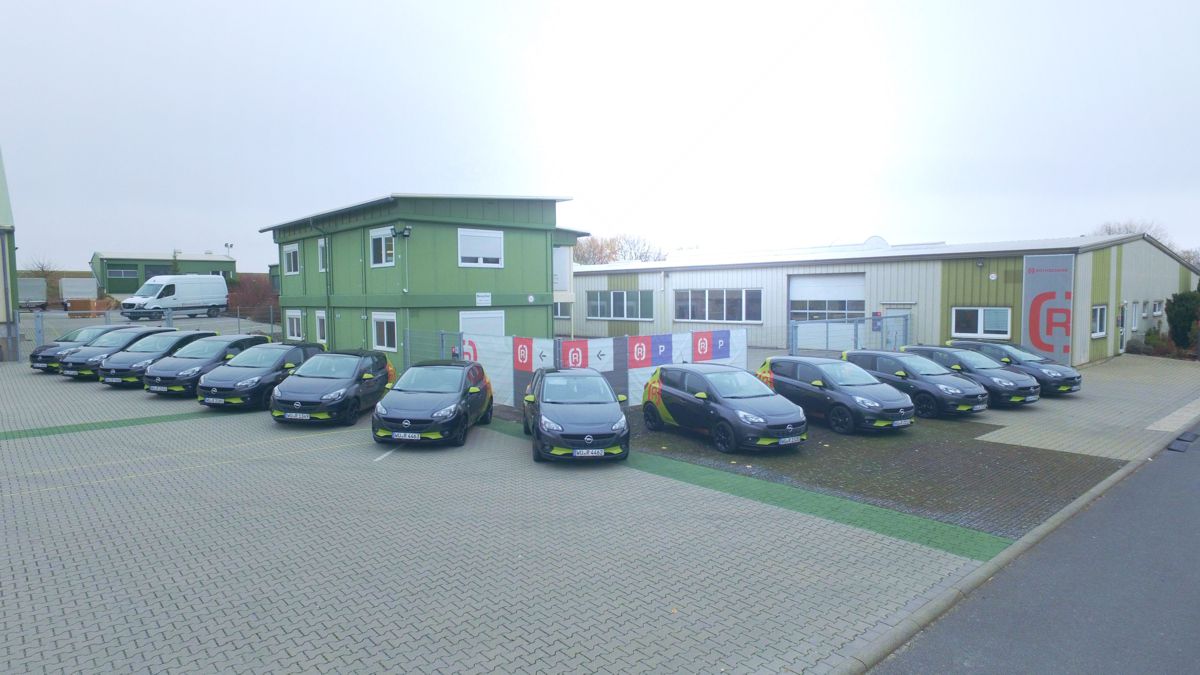
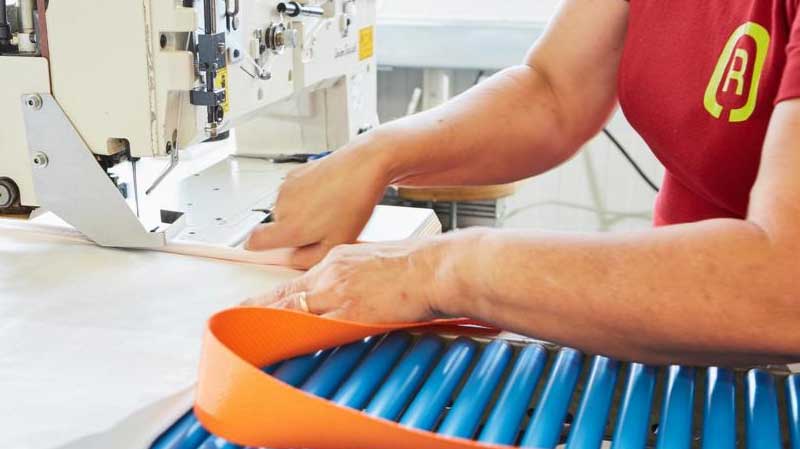
On our own account:
Rothschenk. That's us.
Rothschenk is a manufacturer of load securing equipment for overseas containers. In the tranquil town of Aub in central Franconia, we develop, test and sell our own load securing equipment such as dunnage bags/padding, Lashing restraint systems, Edge Protectors, Anti-slip Mats, Lashing Straps and drum securement. You can get a small insight into our product world in our Online Shop: [R] SHOP24.
We develop for our customers, to whom also large corporations e.g. from the CHEMICALS-, BEVERAGES- and Automotive industry belong, individual load securing. Therefore we are used to come up with new products and solutions in our own research and test department.
We stand for quality "Made in Germany„. Not only in development, but also in production. Because we are the only manufacturer for load securing with our own production site in Germany. Real "Made in Germany" even.
>> Please use the comment function below for suggestions, additions and also for further questions.
We will, of course, respond promptly and professionally. Your Rothschenk Team


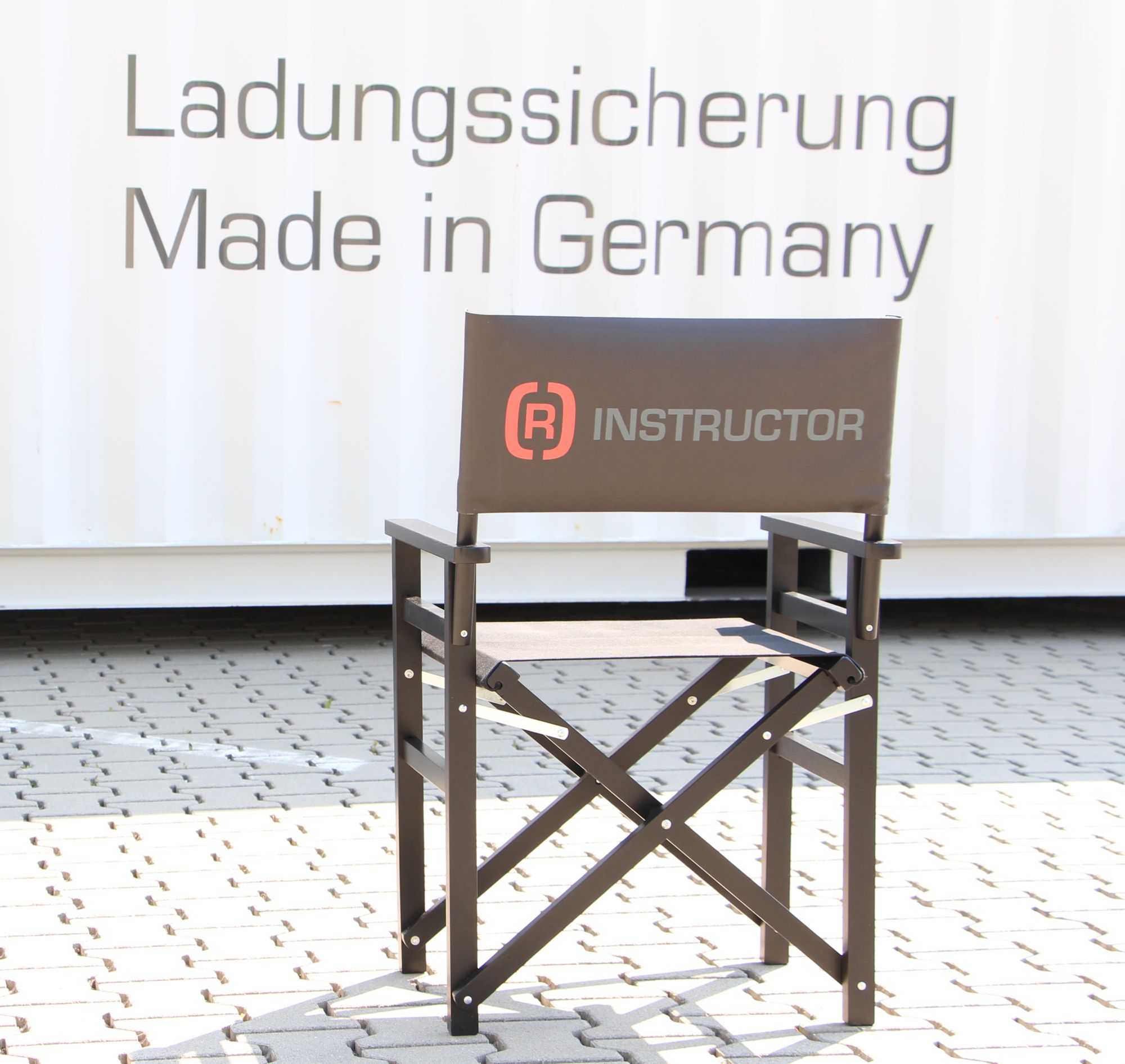
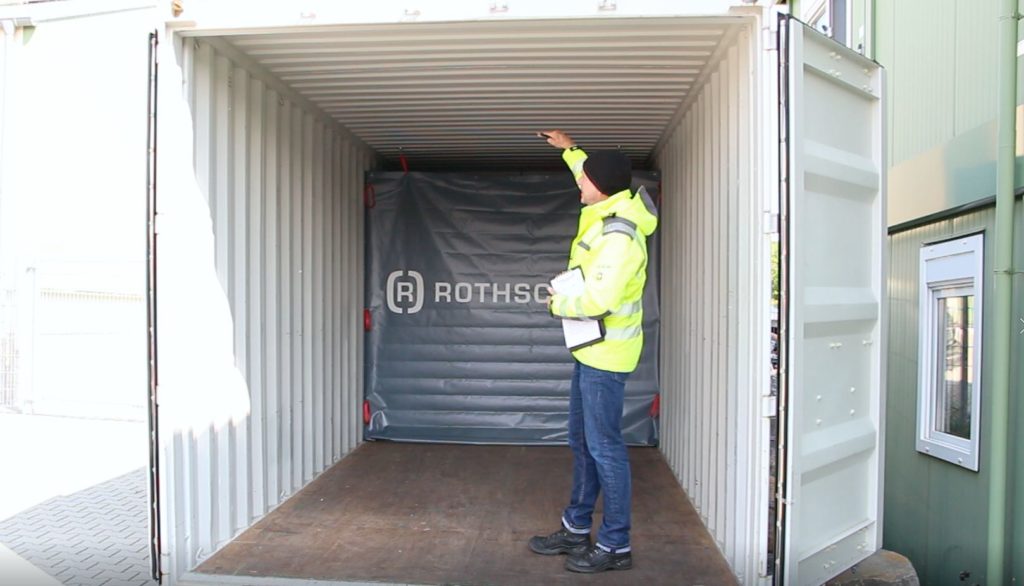


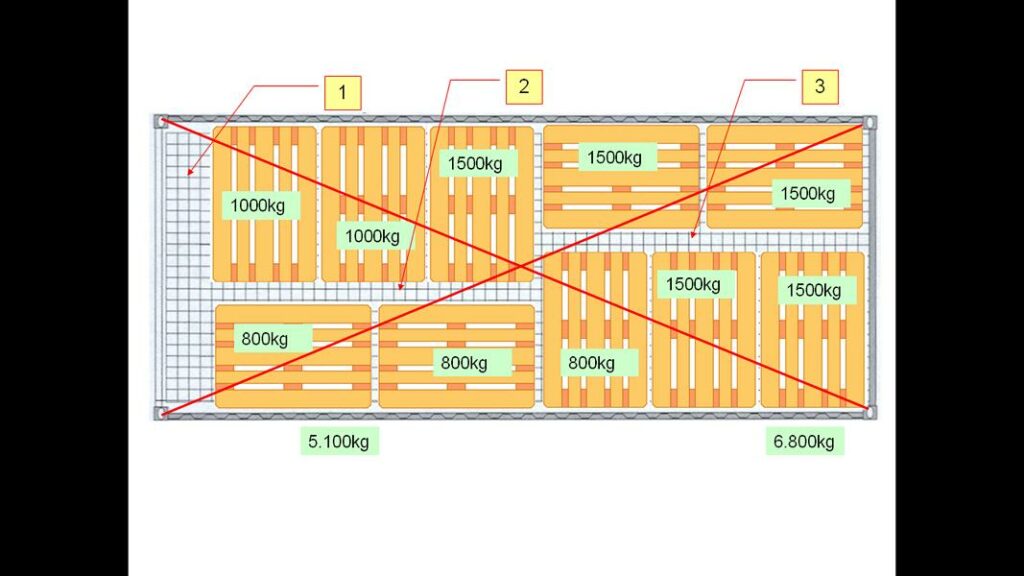
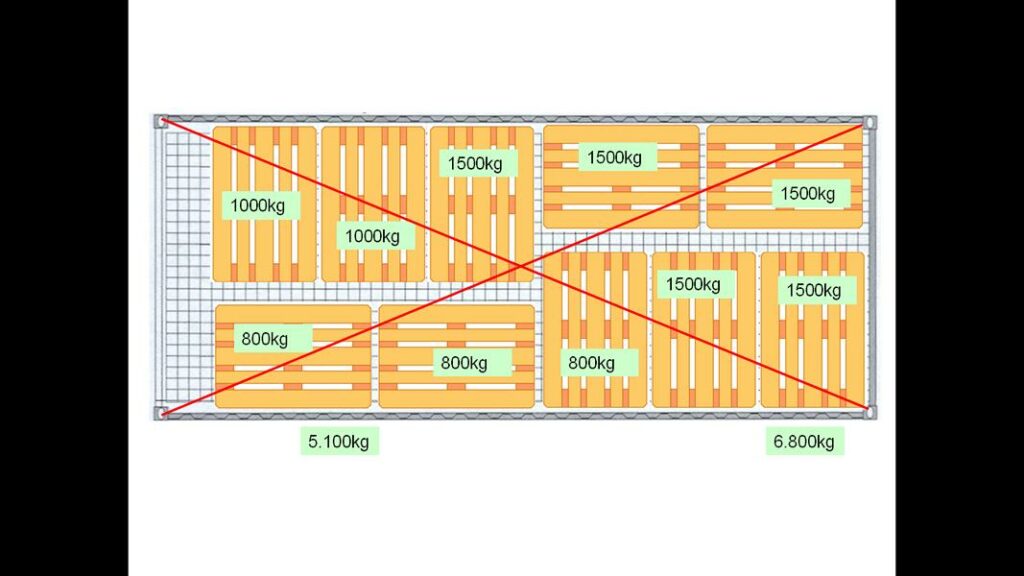
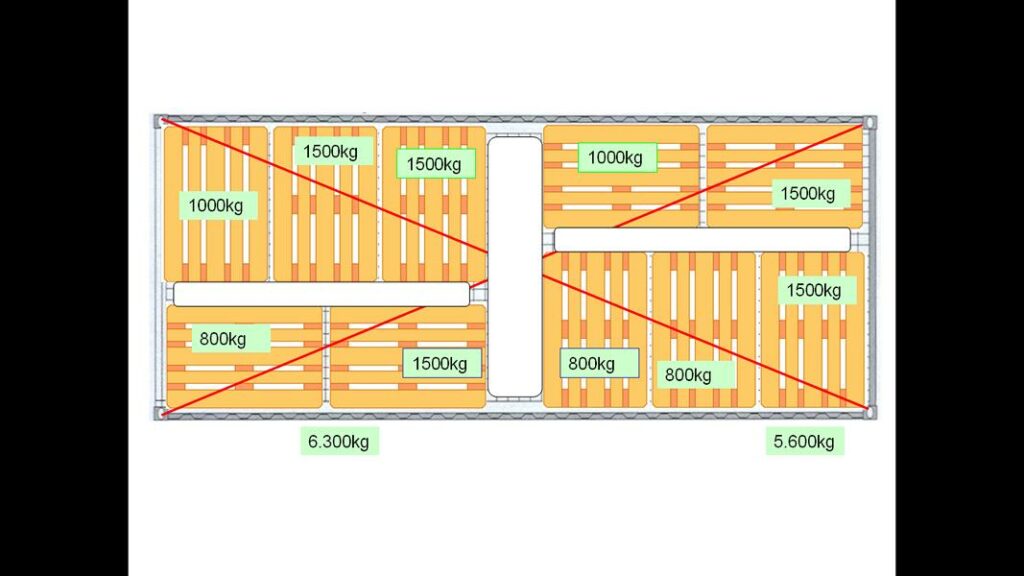



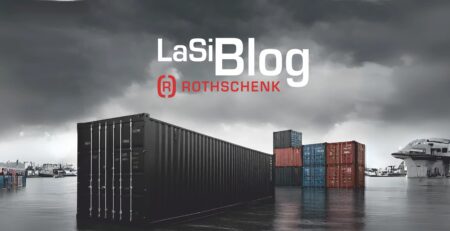
Schreibe einen Kommentar